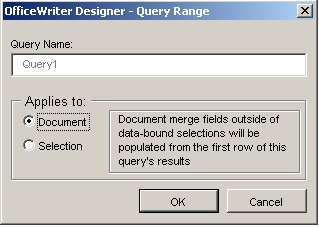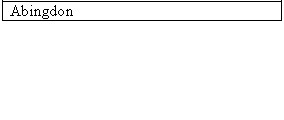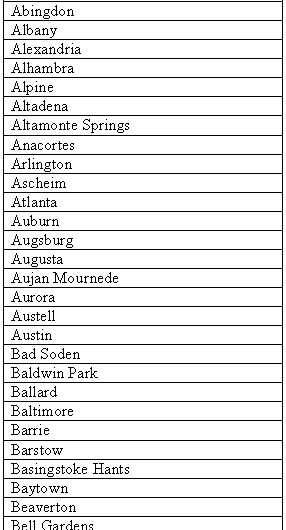A query's range may be either Document or Selection. If a query is set to Document range, only the first row of data is returned from the query. If a query is bound to a Selection within the document - a text fragment, list, or table row - the query will return all the rows to the report and the selected text will be repeated for each row returned from the database.
How to Set Query Range to Document
To set a query's range to Document:
- From the OfficeWriter Designer's Select Query drop-down, select the query.
# Click the OfficeWriter Designer's Query Range button.
# In the dialog, select Document.
# Click Ok.
You may also set the query range to document when you first create the query. When you click Add Query the first screen you are presented with is the Query Range dialog box. Select Document from this screen.

How to Set Query Range to Selection
To set a query's range to Selection:
- Add merge fields to your report.
# From the OfficeWriter Designer's Select Query drop-down, select the query.
# Highlight the merge fields that you want to include in the selection.
# Click the OfficeWriter Designer's Query Range button.
# In the dialog, choose Selection.
# Click Ok.
!ww_qrnge2.jpg!
Examples
Here are the results of a Document range query:

Here are the results of the same query, with the query range set to Selection:

Selection Limitations
When you set a query to Selection range, the following Word features cannot be included in the selected text fragment, list, or table row:
- Nested selections (Only one data source may be assigned to a single selection.)
- Overlapping selections
- Comments
- Drawing Objects
- Text Boxes
- Footnote and endnote references
- Table and picture indexes
- Single cell in a table
- Smart tags (smart tags will be removed from the document)
- Selections in headers, footers, footnotes, comments, text boxes, etc.
